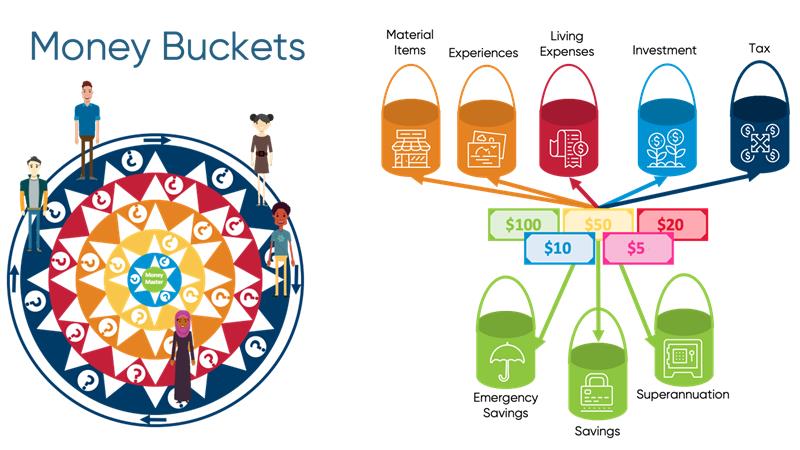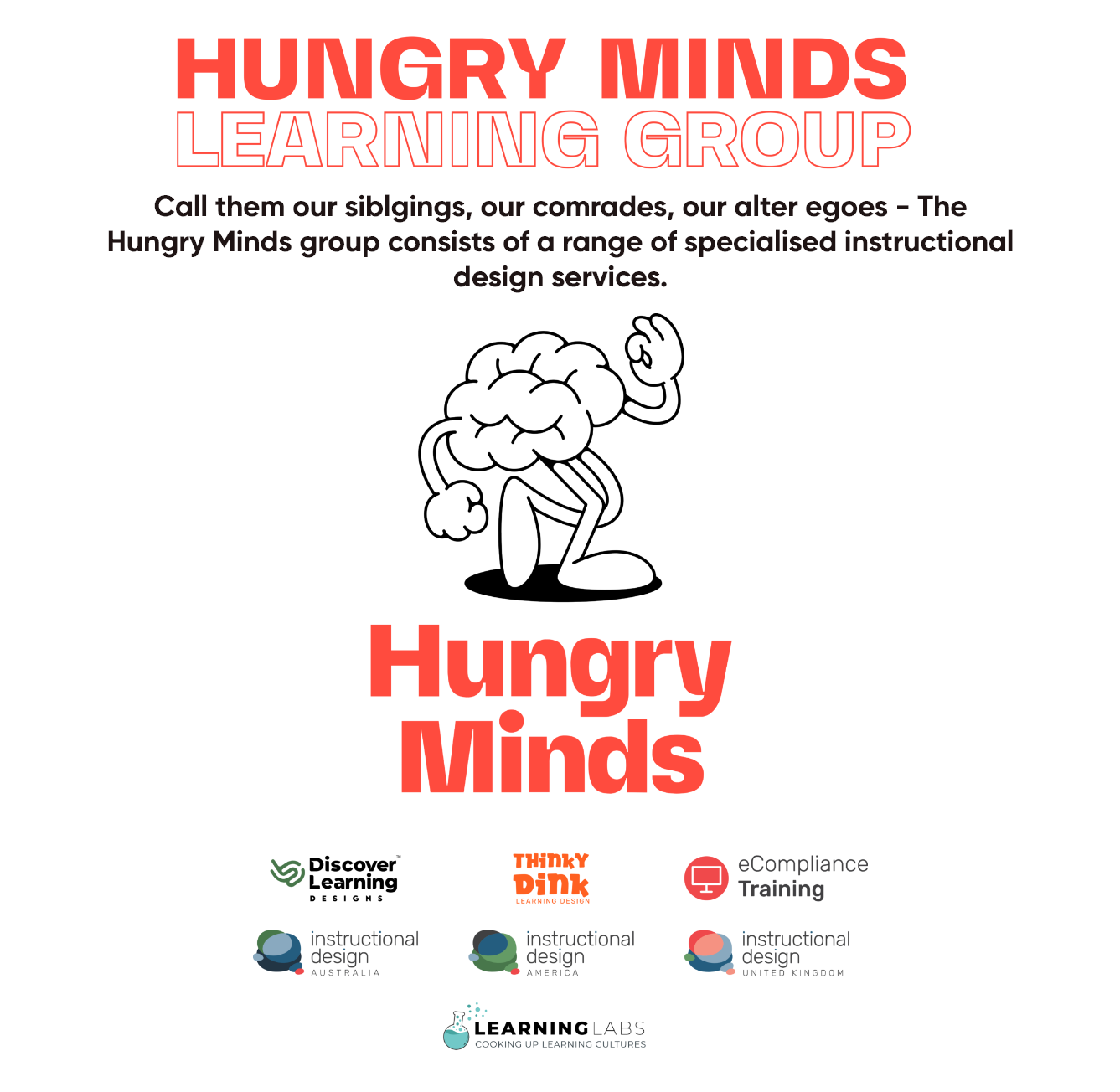Behaviourism to Connectivism: Learning Theories That Still Matter Today
You’re a learning designer. Your job is to craft experiences that stick. But with so many theories floating around, how do you choose which ones actually work? Let’s cut through the noise and discover how Behaviourism and Connectivism can elevate our lessons. One’s stood the test of time, the other’s reshaping how we learn in a digital world.
Behaviourism: More Than Just Pavlov’s Dogs
At its core, behaviourism is straightforward: people repeat behaviors that get rewarded. B.F. Skinner figured this out decades ago, and it still holds true. Good outcomes lead to repeated actions. Bad ones don’t.
Why It Still Works
You might associate behaviourism with rote memorisation or Pavlov’s dogs. But its principles are far from outdated. Here’s why:
- Predictability: Behaviourism gives you clear, measurable outcomes. Want learners to master a specific skill? Break it into steps, reward progress, and track results.
- Efficiency: It’s ideal for compliance training, technical skills, or any context where precision matters.
- Scalability: Automated feedback systems (like quizzes with instant results) thrive on behaviourist principles.
Imagine designing a cybersecurity course. Instead of overwhelming learners with theory, you create interactive scenarios where they practice identifying phishing emails. Each correct click earns points; mistakes trigger hints. Learning approaches like this increases both engagement and boost your learner’s retention. (Skinner, 1953).
Senior Learning Design, Olivia, explains:
‘The boardgame we created for The Smith Family weaves both behaviourism and connectivism together to make financial literacy engaging for high school students. On the behaviourism side, students earn ‘money’ for smart financial decisions, and face consequences for risky choices, reinforcing positive money habits in a fun, competitive and risk-free environment. 
Students unlock new levels where financial circumstances become more complex, creating a scaffolded learning experience. But the real learning happens in connectivist elements – students play in pairs, sparking discussion about financial strategies and reflecting on their learning. By combining both rewards and peer learning, we’ve created an experience that helps youth understand financial concepts and develop money habits they can use in the real world.’
Putting Behaviourism into Practice Today
Put theory into action with these tactics:
- Create milestones: Add badges or progress bars for completing modules.
- Use microlearning: Deliver content in bite-sized chunks with quick quizzes to reinforce key points.
- Scenario-based learning: Let learners make choices and see immediate consequences.
For example, a sales training program could simulate client calls. If the learner asks the right questions, they “close the deal” and unlock advanced techniques.
Connectivism: Learning in a Networked World
Connectivism, coined by George Siemens, argues that learning thrives in networks. In a digital age, it’s not about memorising facts—it’s about knowing where to find information and how to collaborate (Siemens, 2005). Think LinkedIn groups, Slack communities, or even TikTok tutorials.
Why Connectivism is Non-negotiable in 2025
Information changes too quickly to rely on traditional learning methods. Today’s “best practice” could be obsolete tomorrow. Connectivism prepares learners for this reality by:
- Building adaptability: Teaching learners to source and validate information independently.
- Encouraging collaboration: Using forums or peer reviews to solve problems collectively.
- Leveraging technology: Integrating AI tools or social platforms to facilitate knowledge-sharing.
Suppose you’re designing leadership training. Instead of a static PDF, create a private forum where participants share real-time challenges and crowdsource solutions. The result? A living resource that evolves with their needs.
Making It Work
- Create peer networks: Set up a Slack channel or other similar programs for learners to exchange resources.
- Curate, don’t control: Provide a toolkit of articles, videos, and podcasts, then let learners explore what resonates.
- Use social media: Encourage Twitter chats or LinkedIn posts to discuss course topics.
For instance, a project management course could include a collaborative Trello board where learners post case studies and feedback.
Combining Both Approaches
Why choose one when you can use both? Here’s how:
- Start With Structure: Use behaviourist principles to build foundational skills. Clear steps, immediate feedback, measurable progress.
- Add Networks: Layer in connectivist elements as skills develop. Discussion groups, resource sharing, peer learning.
- Tech Is Your Ally: Platforms like Kahoot! (behaviourist) and Miro (connectivist) can coexist in the same course.
Take customer service training. Begin with specific skills and scenarios (behaviourism). Progress to sharing experiences and solutions (connectivism).
Ask Yourself
- Does this help people work better, or just tick boxes?
- How can we tap into existing knowledge networks?
- Where do we need structure, and where do we need flexibility?
Conclusion
Good learning design isn’t about following trends. It’s about using what works. Behaviourism gives us structure and measurable results. Connectivism helps us stay current and leverage collective knowledge. Use both.
References
- Skinner, B. F. (1953). Science and Human Behavior. Source: https://www.bfskinner.org/newtestsite/wp-content/uploads/2014/02/ScienceHumanBehavior.pdf
- Siemens, G. (2005). Connectivism: A Learning Theory for the Digital Age. Source: https://jotamac.typepad.com/jotamacs_weblog/files/connectivism.pdf
Looking to create something exceptional? Our expert learning designers are located across Australia – in Melbourne, Sydney, Perth, Brisbane, and Adelaide. Let’s discuss your project! Book a Discovery Call with Michael here or contact us here.
Hungry for something more? Here are five more great reads
• Experiential Leadership Training
• Case Study: Training the Trainers at the ATO
• The Art of Storytelling
• Learning Architectures: Mapping the Path From A to B
• Case Study: Horizon Power

